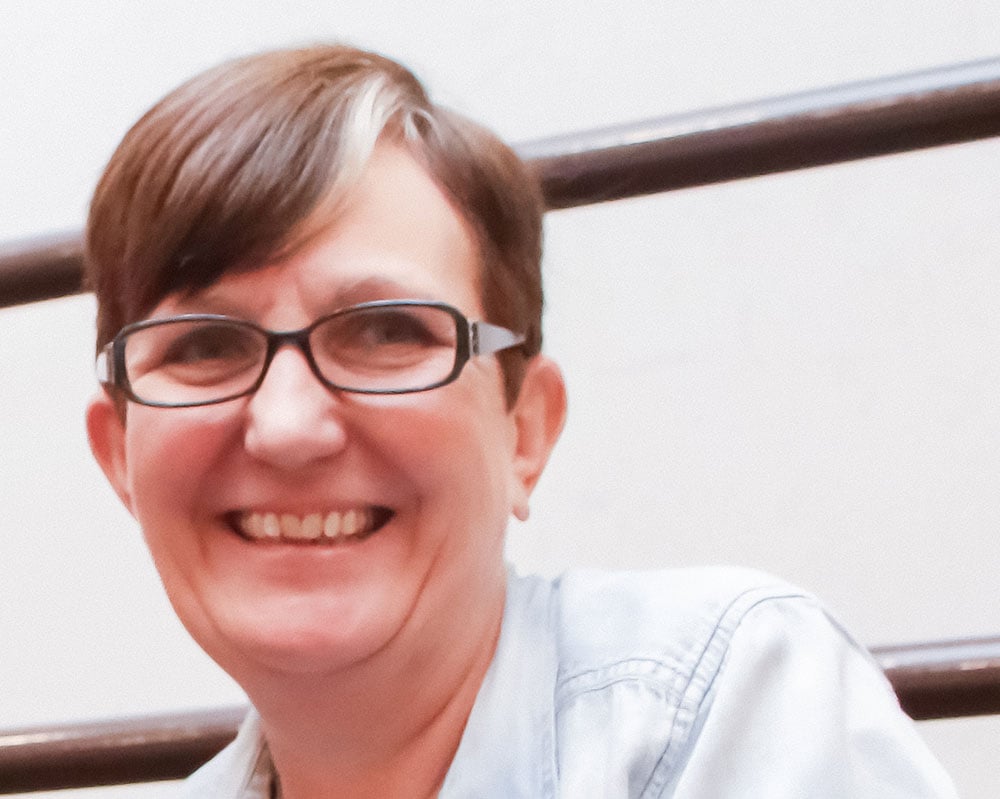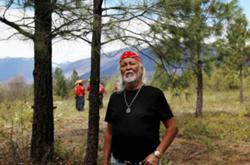Since the last time the McCreary Centre Society conducted a youth homelessness survey in 2014, British Columbia’s housing crisis has deepened. The toxic drug crisis has claimed 13,000 lives. And Indigenous children continue to be grossly overrepresented in government care.
But the young people most at risk of homelessness — those who are Indigenous, LGBTQ2S+, refugees, from government care or with health issues — remain the same.
The results of the 2023 McCreary Centre Society’s Homeless Youth Health and Wellness Survey were revealed Monday as part of the Society’s report “Searching for a Place: The health and well-being of homeless and unstably housed youth in B.C.”
The survey collected responses from 838 youth ages 12 to 27 from 36 B.C. communities, who were experiencing homelessness, at risk of homelessness or unstably housed.
Because the 2014 survey included youth aged 12 to 19 from 13 communities, it’s not possible to compare the two.
But Annie Smith, McCreary Centre Society’s executive director, says there is a pattern of who is at risk of homelessness.
“Depressingly little [has changed], to be honest. We still see overrepresentation of Indigenous youth, of refugee youth, of young people who have been through the care system, of young people with a disability,” she said.
Opening the survey up to 36 communities has helped lift the veil on rural youth homelessness, Smith added.
“Homelessness used to be seen as a big city issue, and now definitely we were getting young people participating on the gulf islands and small communities in the north and Interior.”
In the 2023 survey, Indigenous youth made up 50 per cent of respondents, while another 61 per cent had experience in the child welfare system.
Nearly 60 per cent of respondents were under 19, with 9 per cent identifying as transgender, 11 per cent as non-binary and 54 per cent as heterosexual. One-third of respondents currently homeless had been homeless for over a year.
The vast majority, at 84 per cent, had a health condition or disability. Nearly half of surveyed youth had self-harmed in the past year, while 18 per cent had been diagnosed with a sexually transmitted infection.

One aspect of the report that surprised Smith was the prevalence of vaping, either nicotine or cannabis, among young people.
Nearly 80 per cent of youth surveyed had tried vaping, which was less common in 2014. Of those who tried, 39 per cent vaped daily and just over half of daily users vaped within five minutes of waking up in the morning.
“You see how addictive it is,” Smith said.
This year’s survey included youth up to age 27 because after the 2014 survey, the society received complaints from youth over 18 who wanted to participate.
“Now young people in the care system can get supports up to 27 ; a lot of the youth services are expanding to serve that young adult population,” said Smith. “It would be helpful to get a sense of what’s going on for them, so that’s why we expanded it.”
The report also included data collected from the McCreary Centre Society’s forthcoming 2023 BC Adolescent Health Survey related to homelessness, including the finding that two per cent of the roughly 38,500 surveyed youth aged 12 to 19 had experienced homelessness in the last year. The full survey results are expected to be released later this year.
That survey found youth who had experienced homelessness had higher rates of substance use; faced more violence, harassment and discrimination; and were more likely to self-harm or attempt suicide.
They were less likely to experience mental wellness, have breakfast or feel safe at school than their stably housed peers.
For young people at risk of or experiencing homelessness, the barriers to housing are accessibility of housing, both in terms of location and suitability; a lack of subsidies for rent and upfront costs like pet fees and damage deposits; and a lack of supportive adults to help navigate independence.
McCreary Centre Society has done program evaluations for youth supportive housing projects in the past, Smith said. So they have seen first-hand the positive impact housing subsidies have had for young people.
In an emailed statement to The Tyee, Housing Minister Ravi Kahlon said his ministry has already started this work.
“We are working across government to co-ordinate services to ensure that youth experiencing homelessness have access to the housing they need. We provide over 2,500 rent supplements, supportive housing and shelter spaces for young adults, which are essential resources in times of need,” he wrote. Kahlon noted there are currently 700 housing units for youth and young adults in B.C.
It’s not just about money, Smith said. Supportive adults, who can help youth learn about things like tenant and landlord rights and responsibilities, are also key.
“We need more youth- and Indigenous youth-specific housing, absolutely,” Smith said. “But we also need supports that go along with that.”
Increasing the number of outreach workers who support youth at risk of or experiencing homelessness would help achieve these goals, Smith said.
“There is much more that needs to be done and we are committed to improving outcomes for youth and young adults facing homelessness,” Kahlon wrote. “Through the Ministry of Children and Family Development, we are making good on our promise to support youth as they transition to adulthood by building the first comprehensive system of supports to help them to excel and reach their full potential.”
The McCreary Centre Society also wants to see support for youth with pets; more safe houses and emergency shelter spaces; increased access to substance-use services including safe consumption sites; early supports for families with young kids at risk of homelessness; and mobile comprehensive health services for youth.
On the health-care front, B.C.’s 2023 budget included $74.9 million to be spent over a three-year period on 12 new youth clinics in B.C., referred to as foundry centres, for young people ages 12 to 24 looking for access to mental health, substance use, health and sexual health care, and youth and family support services.
This is in addition to the 16 foundry centres already operating in B.C.
However foundry centres don’t have outreach workers for youth experiencing or at-risk of homelessness. Outreach workers are especially needed in small and rural communities, Smith said. But overall, we need to educate ourselves and change attitudes towards the youth who are most at risk of experiencing homelessness.
“I think those are the systemic things that get in the way of us making change,” she said. ![]()
Read more: Rights + Justice, Housing

















Tyee Commenting Guidelines
Comments that violate guidelines risk being deleted, and violations may result in a temporary or permanent user ban. Maintain the spirit of good conversation to stay in the discussion and be patient with moderators. Comments are reviewed regularly but not in real time.
Do:
Do not: